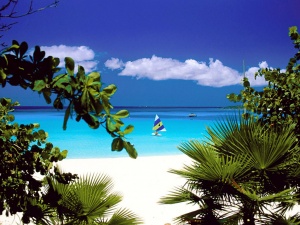This post may contain affiliate links. We may earn money or products from the highlighted keywords or companies or banners mentioned in this post.
April 28, 2015

The Associated Press, April 28, 2015
BELEN, Peru (AP) — Residents of the Peruvian Amazon community nicknamed “Venice of the Jungle” live half the year on the water, with canoes replacing motorcycle taxis as the most popular form of transport. Teenagers swim in the same areas where they played soccer during the other six months of the year.
From January to June, water overflows from a river that feeds the Amazon, flooding the northeastern jungle community of Belen, which is part of the city of Iquitos, drastically changing life for its estimated 16,000 inhabitants. Water is everywhere, making it possible to fish from inside some houses through a hole in the floor.
This “Amazonian Venice” draws tourists, who arrive in boats during the watery season. But the community is a lot less picturesque for the people who live there.
So their homes don’t flood when the Rio Itaya spills over its banks, people build them three meters above ground, sustained by stilts of wood collected from the jungle.
Mothers keep a close eye on toddlers just learning how to walk to ensure they don’t fall in the water; the local press reports one or two child drownings each year. School-aged children are ferried to class in small boats.
The community is afflicted by various ills. According to official statistics, 40 percent of the children in Belen suffer from malnutrition and 66 percent of the entire population is poor. Peru’s Health Ministry says inhabitants commonly suffer from respiratory illnesses, as well as diarrheic sicknesses caused by people and animals defecating too close to the river.
Many inhabitants work in a market in a nearby area that never floods, selling shad and other fish they catch in the river.
Life here changes from July to December, when the Itaya river retreats to its lowest level. Summer heat spreads across the zone, the streets dry out and the junk that had floated on the water forms trash heaps that attract rats.
The government has offered to spend $58 million to relocate the community to a piece of land 20 kilometers (12 miles) away. While about half of the residents support the idea, the rest say the proposed area is too far away from the market where they work.
___
Follow Rodrigo Abd on Twitter: https://twitter.com/RodrigoabdAbd
___
Associated Press photographers and photo editors on Twitter: http://apne.ws/15Oo6jo
This article was from The Associated Press and was legally licensed through the NewsCred publisher network.
![]() https://images2.newscred.com/cD1jMDY5MGZkNDEwNjM3N2E4YTlmZGUxZDNjODcxZGVhMSZnPWZmZGM1NjMzY2RlZDc3NGI0MDgzZGI1Y2IzN2RlYjA5
https://images2.newscred.com/cD1jMDY5MGZkNDEwNjM3N2E4YTlmZGUxZDNjODcxZGVhMSZnPWZmZGM1NjMzY2RlZDc3NGI0MDgzZGI1Y2IzN2RlYjA5
What do you think of this $type?










